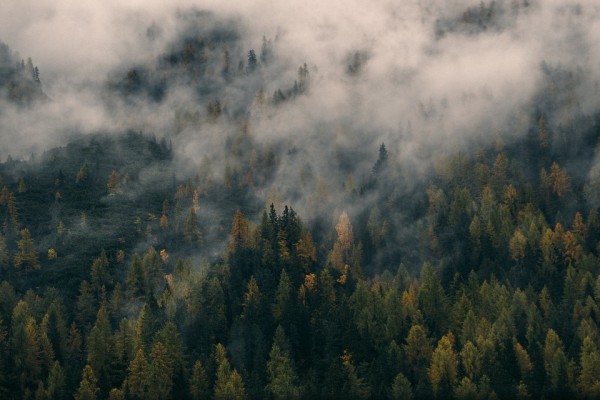By Ana Verayo, | November 09, 2016

Natural carbon sinks such as terrestrial plants and oceans can absorb up to 50 percent of man-made carbon emissions, according to a new study. (Pixabay)
Scientists say that the rate of carbon dioxide production in the atmosphere is slowing down thanks to plants, despite increasing man-made greenhouse gas emissions, according to a new study.
In this new study, scientists found that plants and ecosystems around the world have created a bigger-than-expected natural carbon sink due to changing photosynthesis rates among vegetation.
Like Us on Facebook
According to a co-author of the study, Pep Canadell of the CSIRO (Commonwealth Scientific and Industrial Research Organisation) in Australia, atmospheric carbon dioxide levels from 2002 to 2014 have significantly increased, and this enhanced the photosynthesis of plants all over the world.
However, during the same time, there was also a significant rise in global land temperatures (called the hiatus period), which caused a slowdown of respiration in plants as they breathe out carbon dioxide.
Scientists found that the combination of these two processes led to plants absorbing more carbon dioxide, which slowed down the rate of carbon dioxide production in the atmosphere by 2.2 percent between 2002 and 2014.
Canadell, who is also the executive director of the Global Carbon Project, said this means that half of the carbon dioxide emitted by humans are absorbed by the planet's natural carbon sinks.
It is also estimated that oceans and land vegetation remove 45 percent of carbon dioxide emitted by humans every year, according to this new study.
Trevor Keenan of the Berkeley Lab's Climate & Ecosystem Sciences Division noted that recent satellite observations revealed more green areas around the globe especially in colder and drier regions which can now sustain plant life and vegetation.
He added that these greener areas are a temporary side effect of the increased photosynthesis activity in plants around the world due to this hiatus period. This period has now ended.
This news study was published in the journal, Nature Communications.
-
Use of Coronavirus Pandemic Drones Raises Privacy Concerns: Drones Spread Fear, Local Officials Say

-
Coronavirus Hampers The Delivery Of Lockheed Martin F-35 Stealth Fighters For 2020

-
Instagram Speeds Up Plans to Add Account Memorialization Feature Due to COVID-19 Deaths

-
NASA: Perseverance Plans to Bring 'Mars Rock' to Earth in 2031

-
600 Dead And 3,000 In The Hospital as Iranians Believed Drinking High-Concentrations of Alcohol Can Cure The Coronavirus

-
600 Dead And 3,000 In The Hospital as Iranians Believed Drinking High-Concentrations of Alcohol Can Cure The Coronavirus

-
COVID-19: Doctors, Nurses Use Virtual Reality to Learn New Skills in Treating Coronavirus Patients








